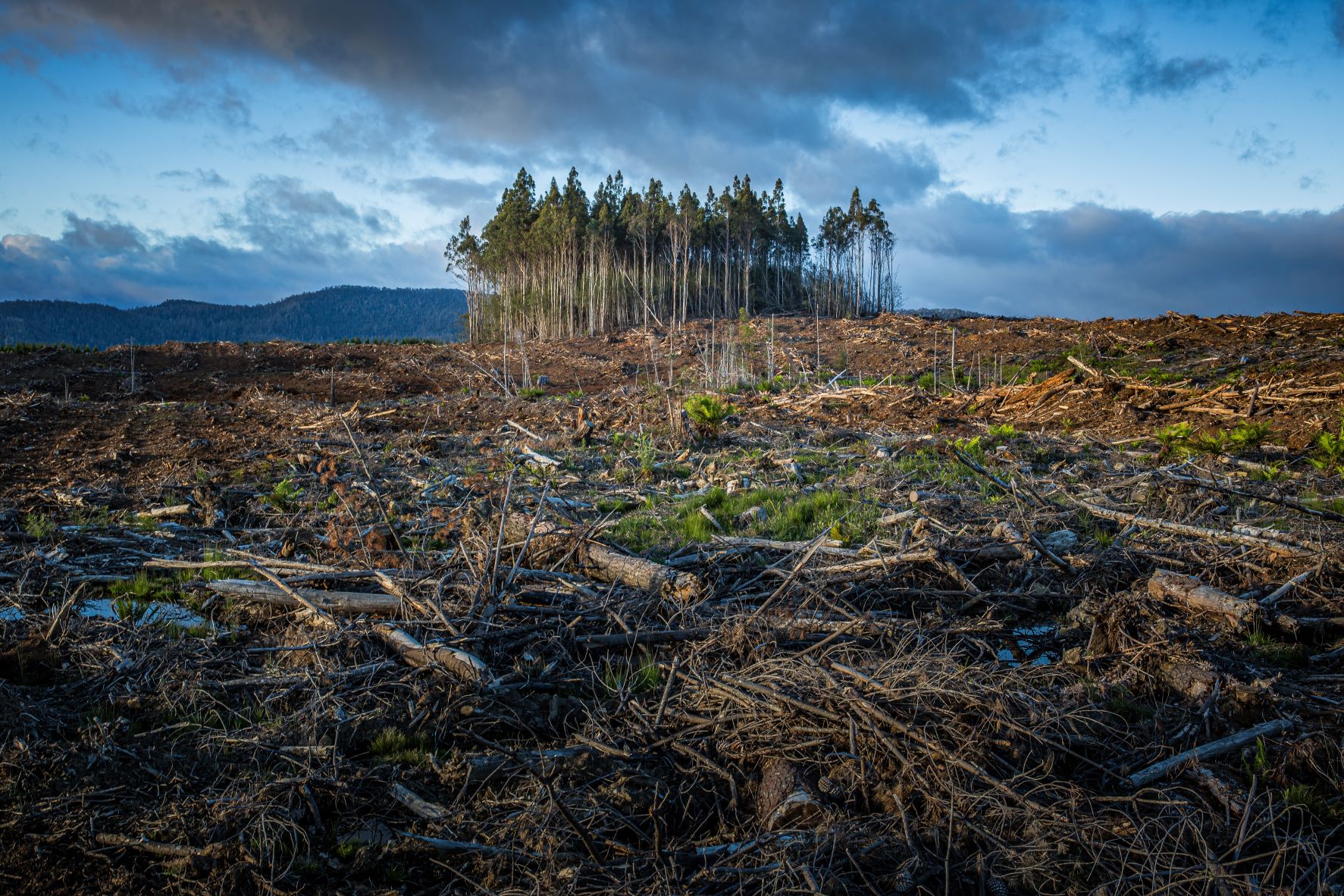Mycorrhizae Keep Pace with a Climate-Smart Timeline

Mycorrhizae Keep Pace with a Climate-Smart Timeline
By Dan Grotsky, CGO
Climate change is the existential challenge of our generation
The most recent IPCC report ominously describes how the accelerating negative effects of climate change are already “mounting much faster than scientists predicted.” Farmers today don’t need a report to tell them how the climate crisis is colliding with economic realities and contributing to overwhelming circumstances. While facing extreme weather events, growers must produce higher yields on increasingly infertile soil, while adapting to fertilizer price increases and geopolitical instability, all while reducing their carbon footprint.
One heavily discussed solution for realigning the incentives around sustainability and profit involves converting agricultural sources of atmospheric carbon into carbon sinks by adopting regenerative farming practices. Approaches such as cover crops, reduced tillage, and crop rotation have been shown to revive microbial ecosystems within depleted soil, sequester carbon, and contribute to climate change reversal.
But the climate is changing fast, and farmers are struggling to adapt in time
While some farmers are indeed transitioning to regenerative agriculture, the IPCC report’s timeline doesn’t align with the current rate of the conventional-to-regenerative shift. To date, only 15M hectares are being farmed regeneratively – equivalent to only 0.3% of agricultural land worldwide. This transition is occurring too slowly to significantly impact climate goals within the necessary timeline.
Today’s cultivation methods of regular tilling and chemical pesticide applications deplete microbial life and release carbon from the soil through oxidization, contributing to climate change and making it more difficult for crops to uptake nutrients. As a result, growers need to use increasingly invasive – and expensive – methods to boost yields. Most commercial crops receive nutrients from chemical fertilizers, in particular phosphorus, which could be reduced with the application of mycorrhizal inoculants to the soil. Moreover, the financial incentive structure around the global food system needs “a very different scale of financing to bring about the food system transformation so it can deliver in this perfect storm.”
Current climate plans envision 2050 as their net-zero target deadline, but the International Energy Agency warns that global carbon emissions are on track to “fall 60% short of their 2050 net-zero target.” Mitigating the worst effects of climate change requires emissions to drop significantly by 2030 – and mycorrhizal inoculants can help farmers get us there.
Mycorrhizal inoculants offer a solution that all farmers can implement today
At Groundwork BioAg, we understand the pressures driving mainstream growers. We believe that all growers can sequester carbon permanently, and immediately, and still attain high yields without upending their growing protocols or sacrificing long-term soil health. Mycorrhizal inoculants, such as our Rootella® series, can be used by almost all farmers, regardless of their cultivation methods.
Mycorrhizae – the ‘queen of biologicals’ – supports an entire realm of soil and plant health. They assist 90% of all plants by attaching to their roots and extending their reach from 10 to 100 times beyond the rhizosphere. They create an underground web, funneling nutrients through their vast interconnected network. Most importantly, while plants photosynthesize carbon, mycorrhizae permanently sequester it in soil. An estimated 8% of all carbon photosynthesized by mycorrhizal plants ends up as recalcitrant glycoproteins, persistent in the soil for decades. This means that all farmers – whether regenerative or conventional – can regenerate soil and sequester carbon by applying the right mycorrhizal inoculant.
Price-accessible, scalable, and highly concentrated mycorrhizal inoculants change the agricultural playing field and allow growers to be compensated for their ecosystem services through carbon markets. By reversing the existing vicious cycle in favor of soil health, permanent carbon sequestration, and crop resilience, they stand for a new systemic logic for global agriculture in which crops don’t cost the soil that nurtures them.
Mycorrhizal inoculants democratize access and impact for farmers everywhere
Climate change affects us all. But carbon markets for farmers are mostly accessible to the regenerative farming niche. Transitioning to regenerative farming represents a worthy goal, but climate reality demands that action on – and in – the ground happen now.
The IPCC report is a call to action – and mycorrhizae enable farmers to answer it. Cost-effective mycorrhizal inoculants allow mainstream commercial farmers to earn carbon credits and join the community permanently sequestering carbon in soil on a climate-smart timeline.

